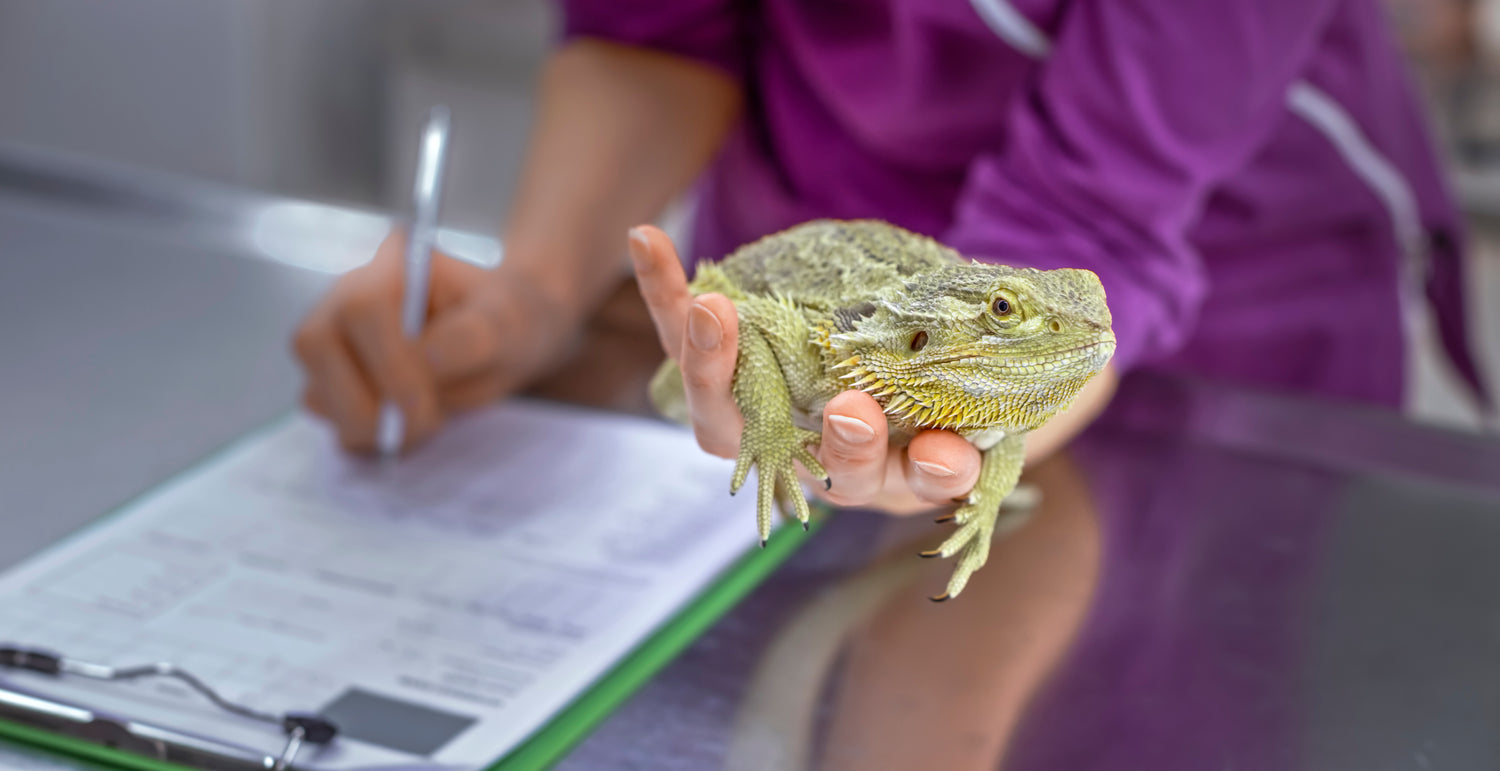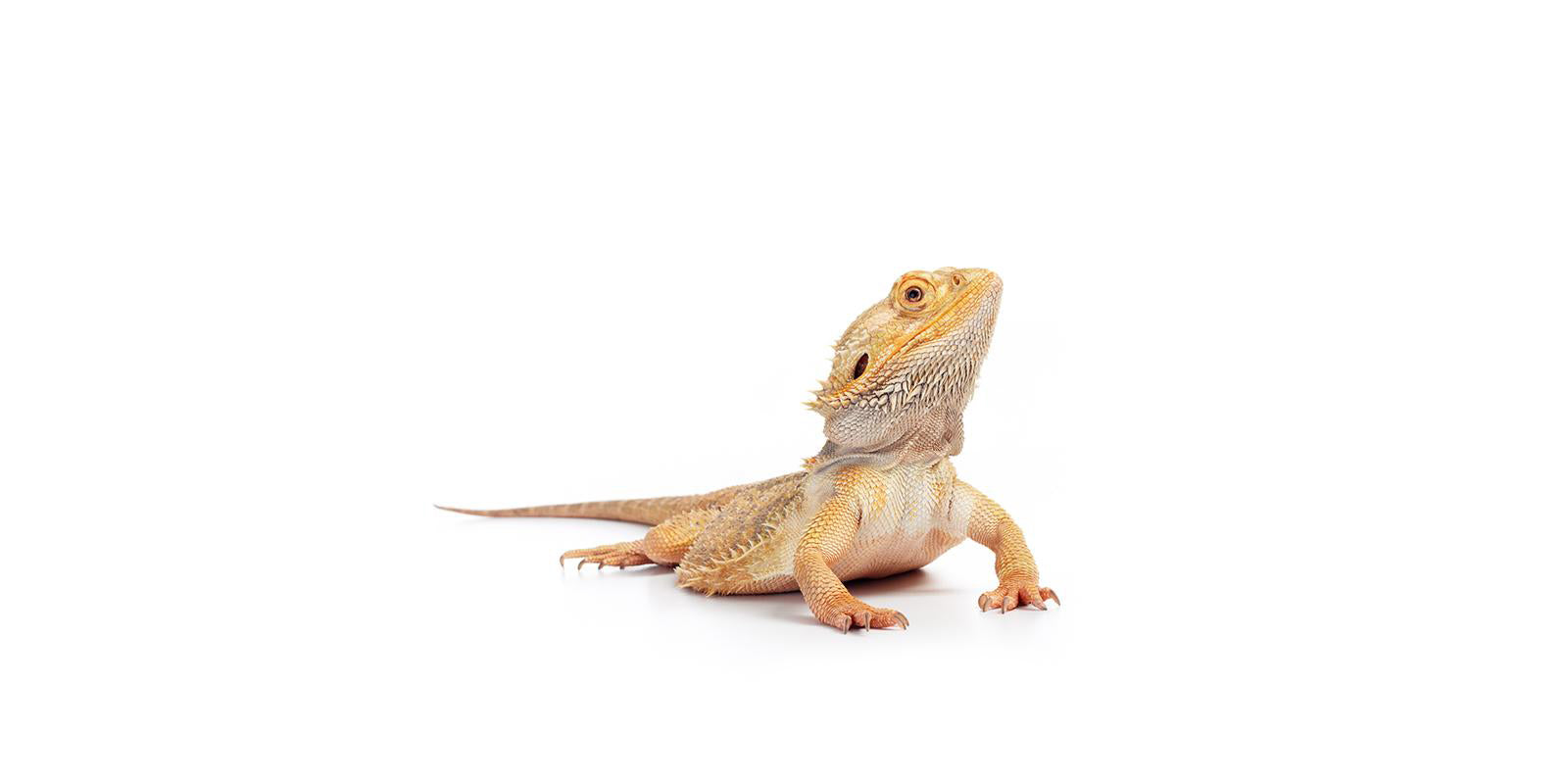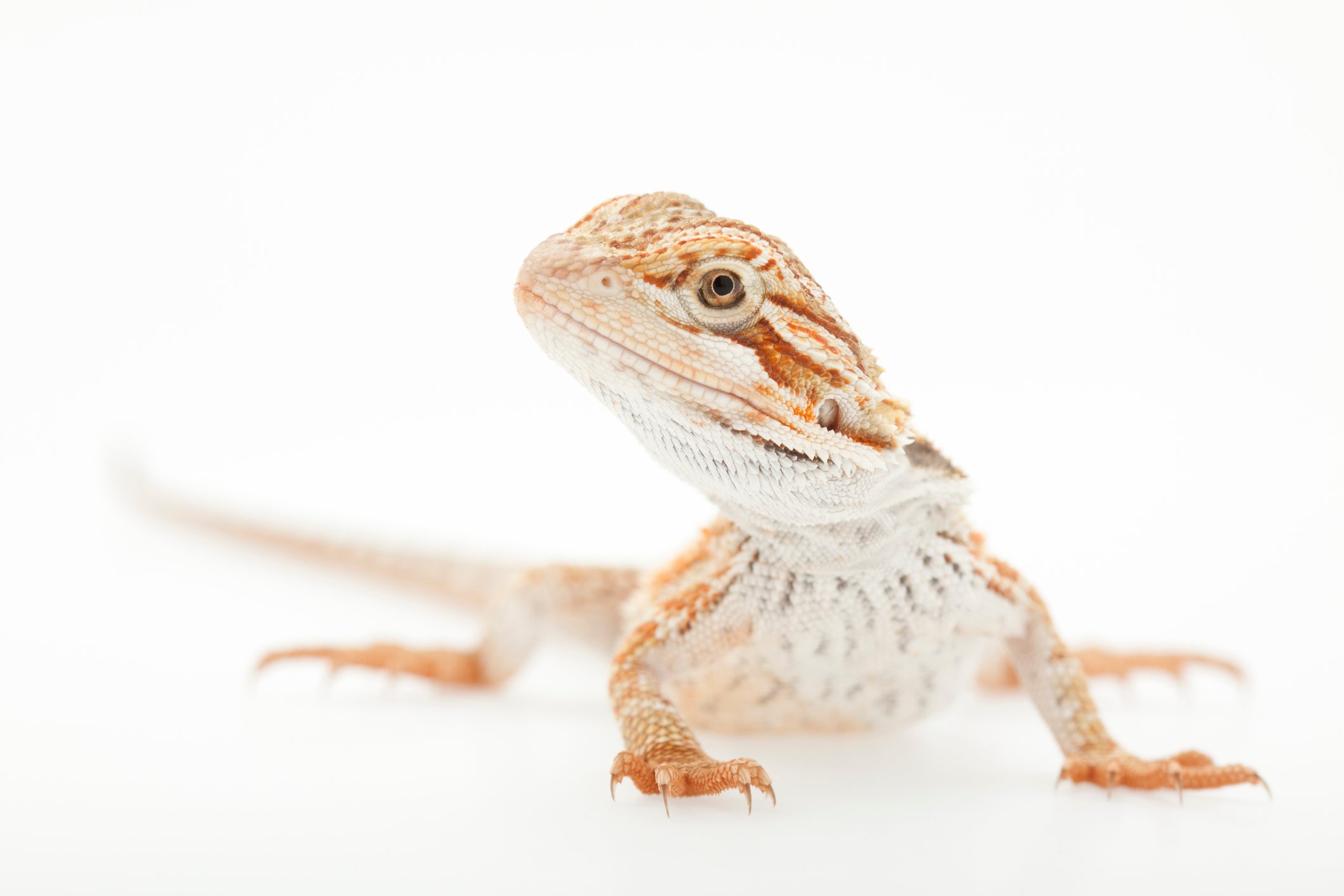Metabolic bone disease (MBD) is, unfortunately, a problem that can regularly found with bearded dragons; while it isn’t exactly common, it isn’t as rare as it should be. The leading cause of MBD is inadequate UVB; this is why UVB plays such an integral role in your dragon’s health. UVB is used to enable your dragon to produce vitamin D, vitamin D allows the dragon to process and absorb calcium from the food they eat. Even if they are fed the right amount of calcium, if dragons do not have adequate UVB, then they will not absorb it, and this can lead to MBD. So while it can be caused by not enough calcium in their diet, it is more commonly a problem with the lighting in their setup. Supplementing a dragon's diet with vitamin D has produced some good results, but their body does the job properly when allowed UVB to produce the vitamin D it needs in order to process calcium properly.
Your UVB should be a reptile branded type of bulb, while off-brand fixtures can be used if you are confident they are correct. If you’re not sure, then go with the reptile branded type fixture. There are two main types of UVB tube fixtures, which are the best kind to use. The T8 (bulb is 8/8 of an inch or 1 inch in diameter) is an older model that needs to be installed underneath your tank lid. In comparison, the T5 (bulb is 5/8 of 1 inch in diameter) is newer and (depending on the height of your tank, so as long as your tank lid is no higher than 8-10 inches away from your basking spot) can sit on top of your tank lid above the mesh. It’s essential always to use a high output bulb and not a tropical or desert bulb and to try and have your fixture cover around two-thirds of the length of your tank, for more in-depth information on lighting click here.
The symptoms of MBD can include tremors, loss of appetite, lethargy, and loss of the use of their limbs. Over time if the issue with their diet or their lights is not rectified, then the symptoms will get worse, and this will start to affect their bone structure, the bones become brittle and more prone to breaking. You will begin to see deformities in their bone structure as their bones stop growing correctly, which can cause kinks in their tail and limbs and also under-bites and over-bites in their jaw. When suffering from MBD, if they have an accident and something breaks, then this can lead to visible deformities, which can last forever. At the same time, the symptoms of MBD can be halted by rectifying the underlying cause, but any deformities that are suffered will be permanent.
If you suspect your bearded dragon may have signs of metabolic bone disease, as well as examining the husbandry, setup, and diet of your dragon, you will also need to seek veterinary attention. Your vet will most likely want to do an X-ray to check the bone density of your pet and see if they can detect the disease if they can confirm that your dragon has MBD and check how severe it is. Then they will prescribe a course of treatment that may include calcium supplementation, but mostly the focus would be on correcting any issues with the ongoing care of the dragon.




Leave a comment
All comments are moderated before being published.
This site is protected by hCaptcha and the hCaptcha Privacy Policy and Terms of Service apply.